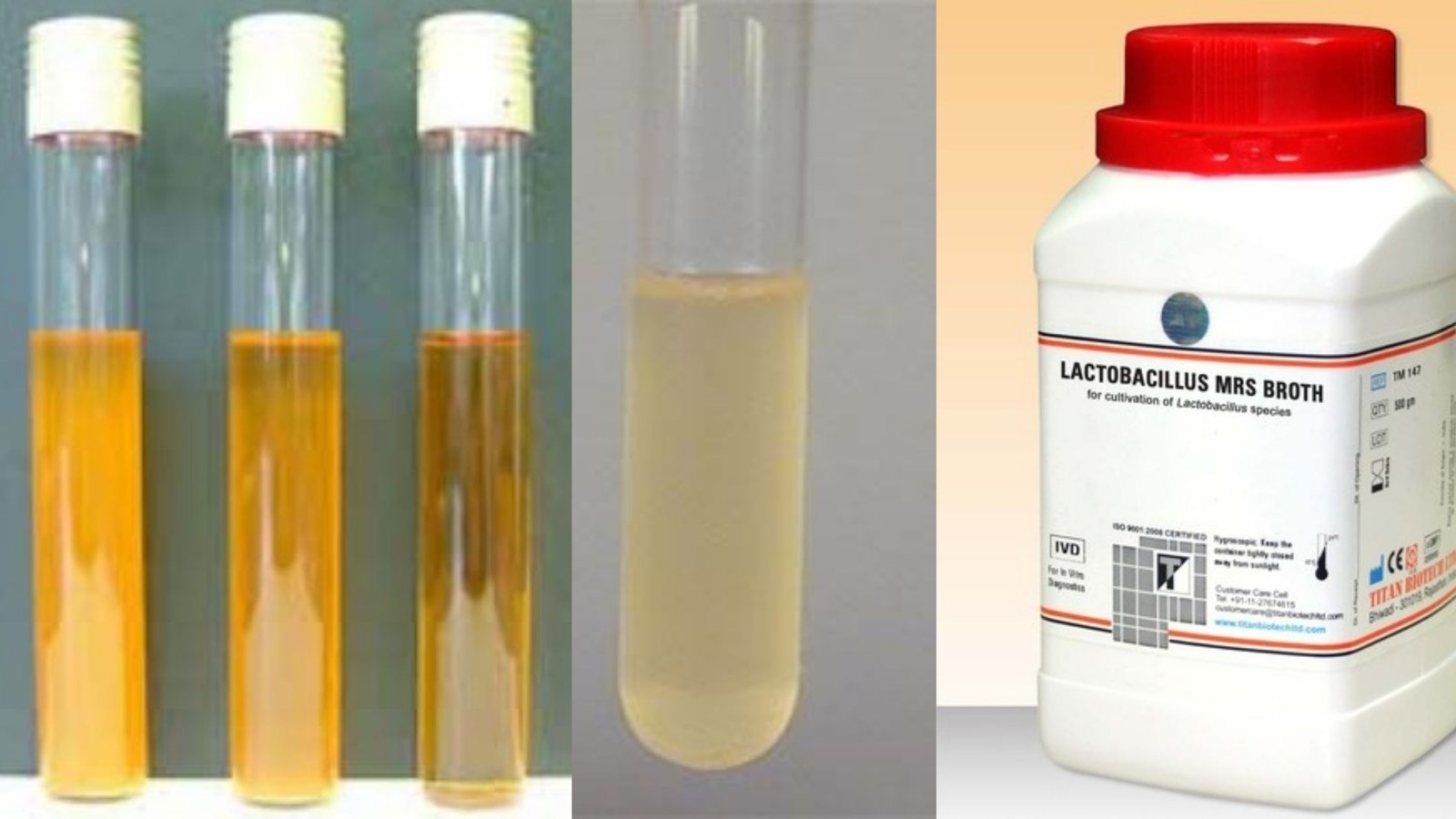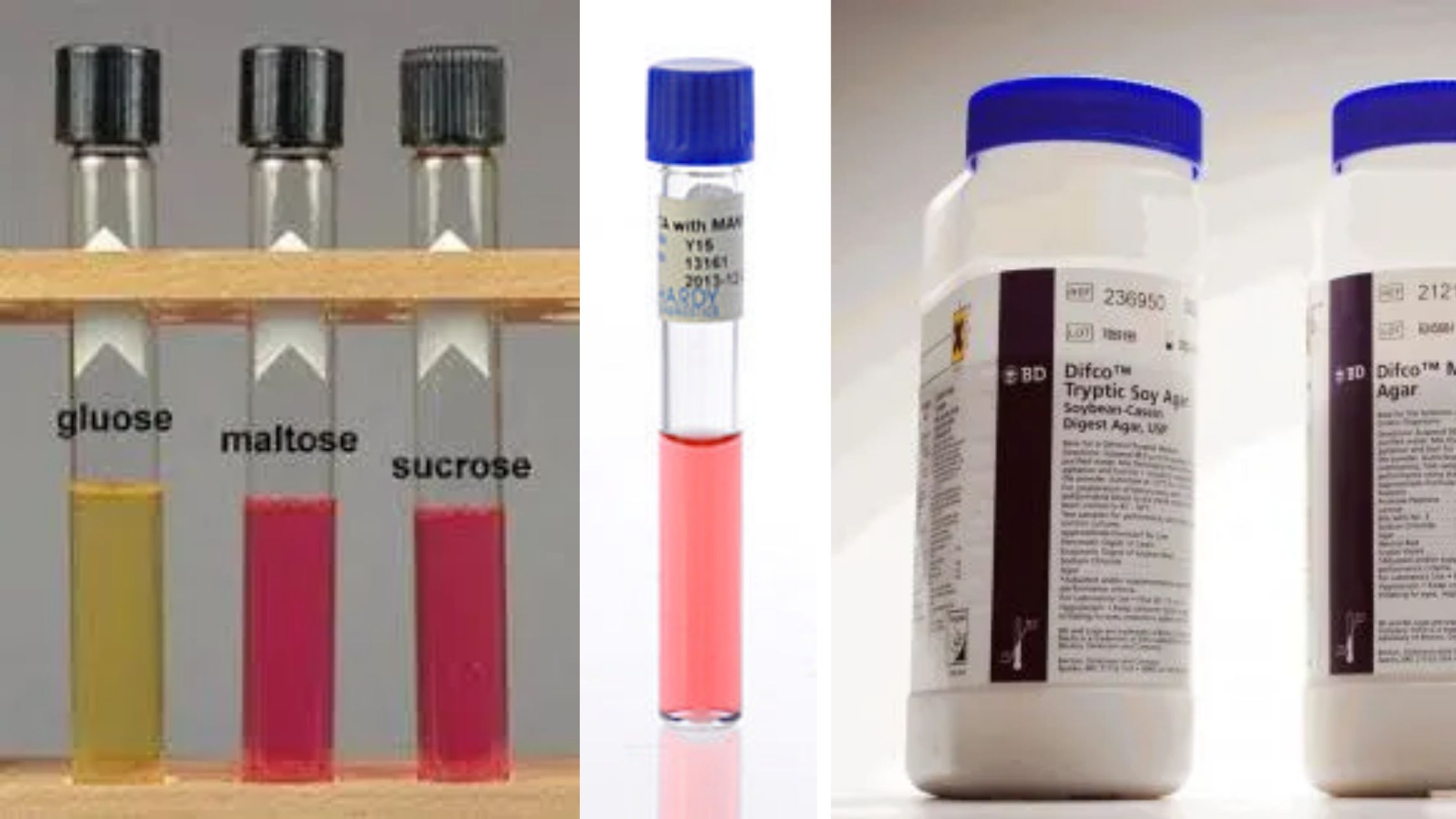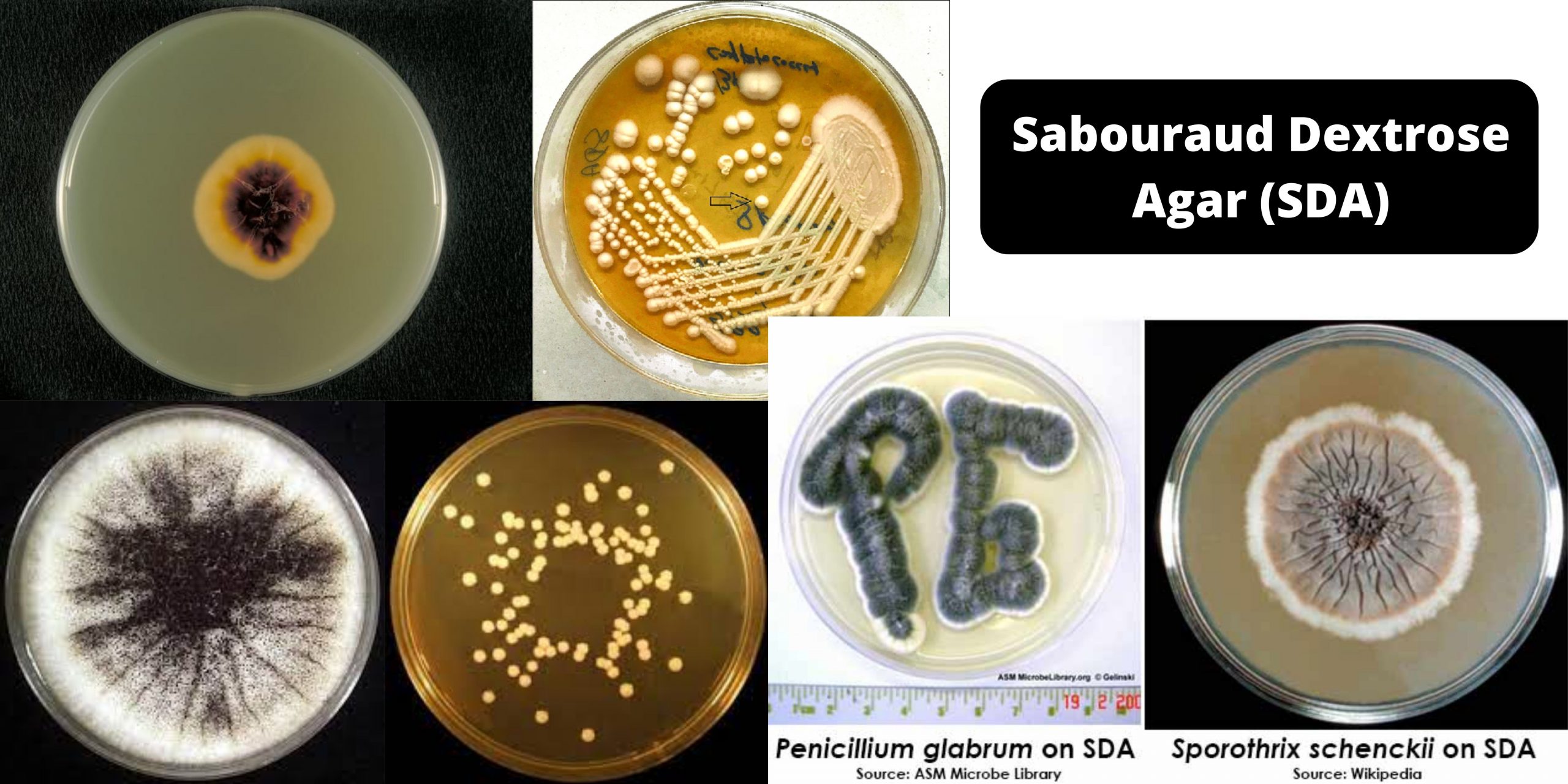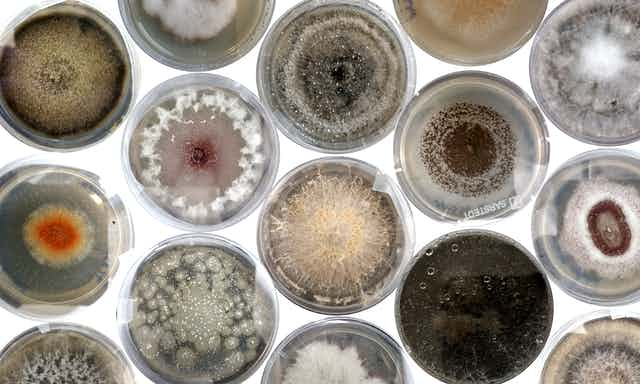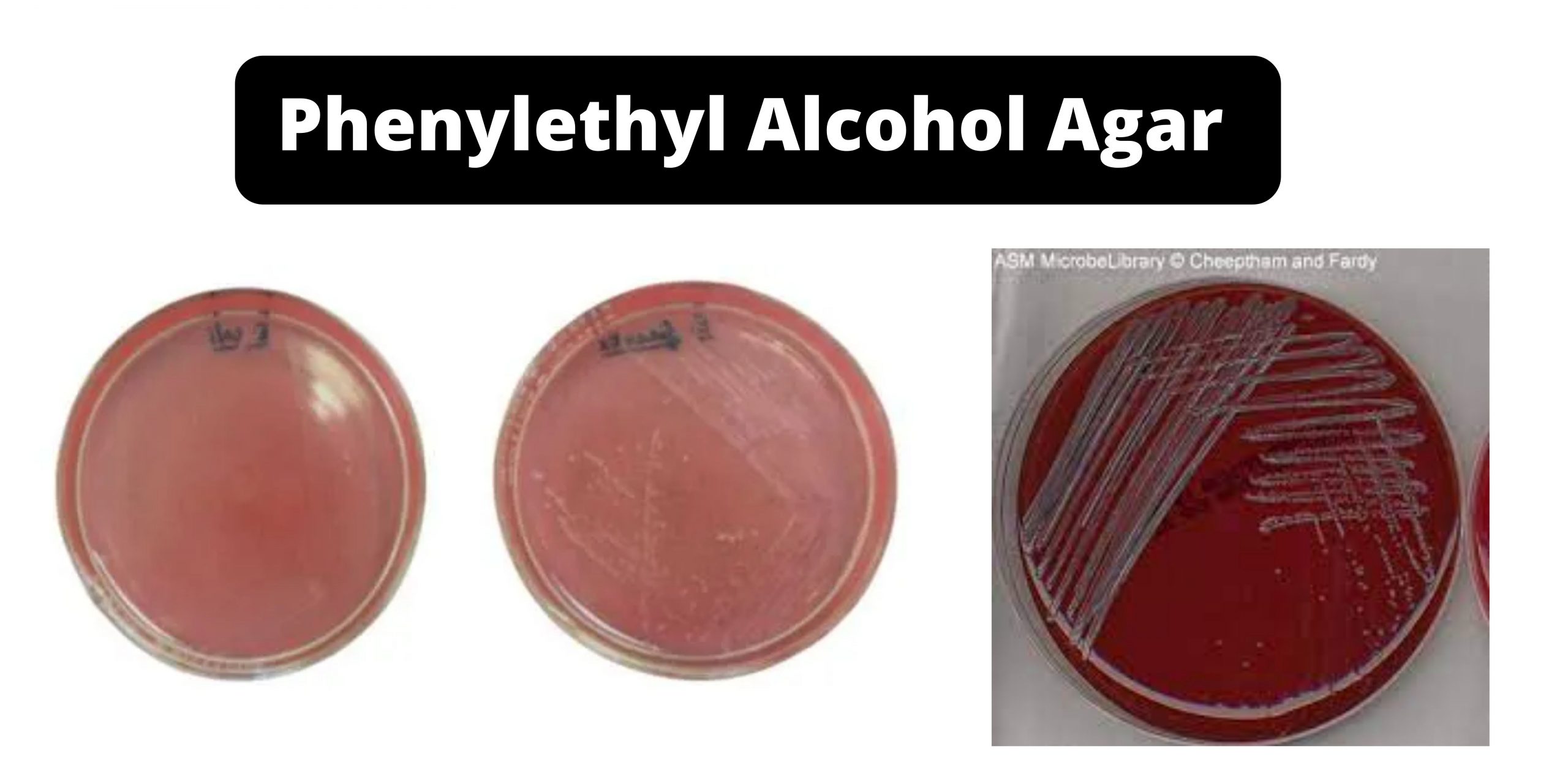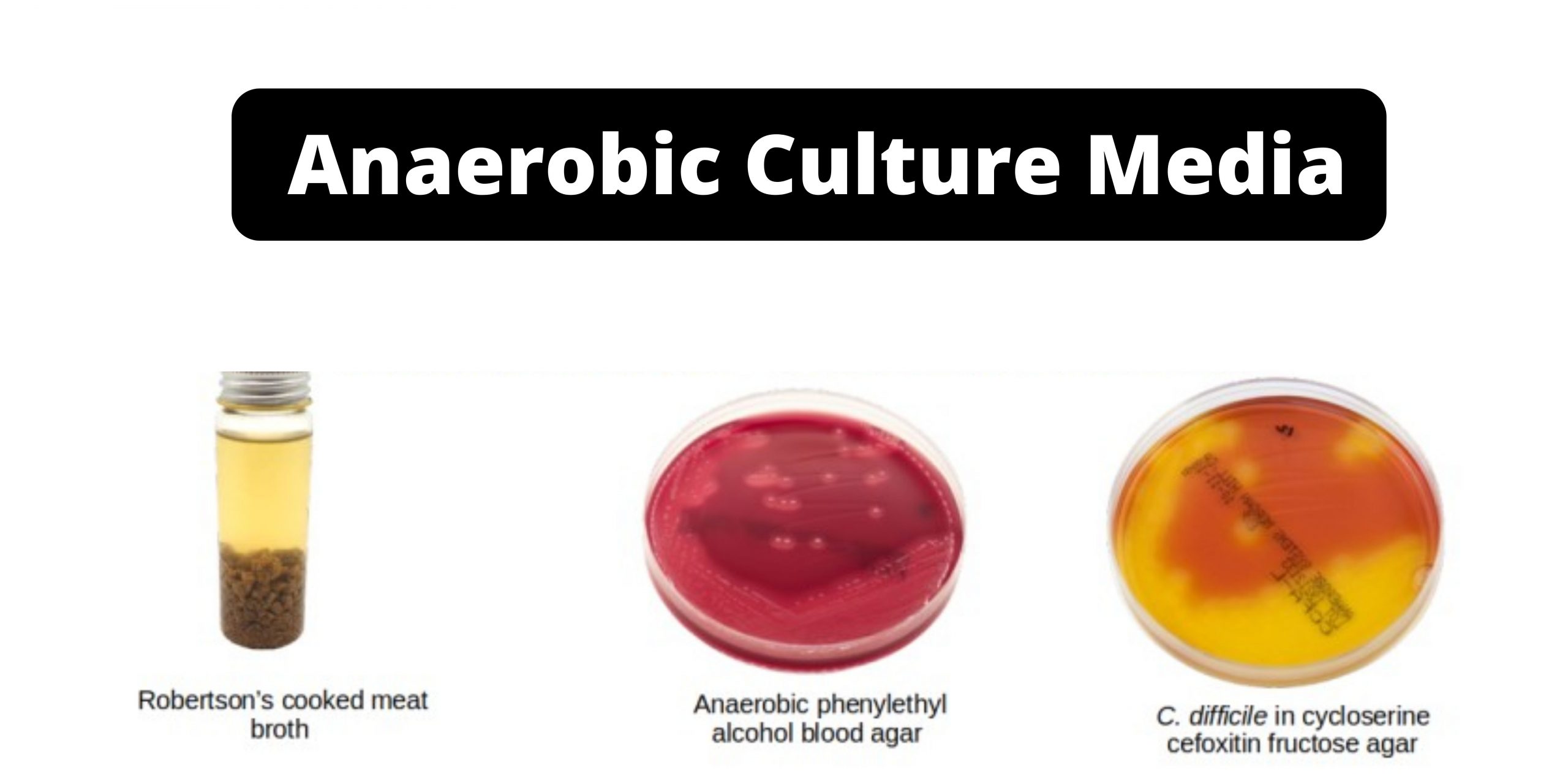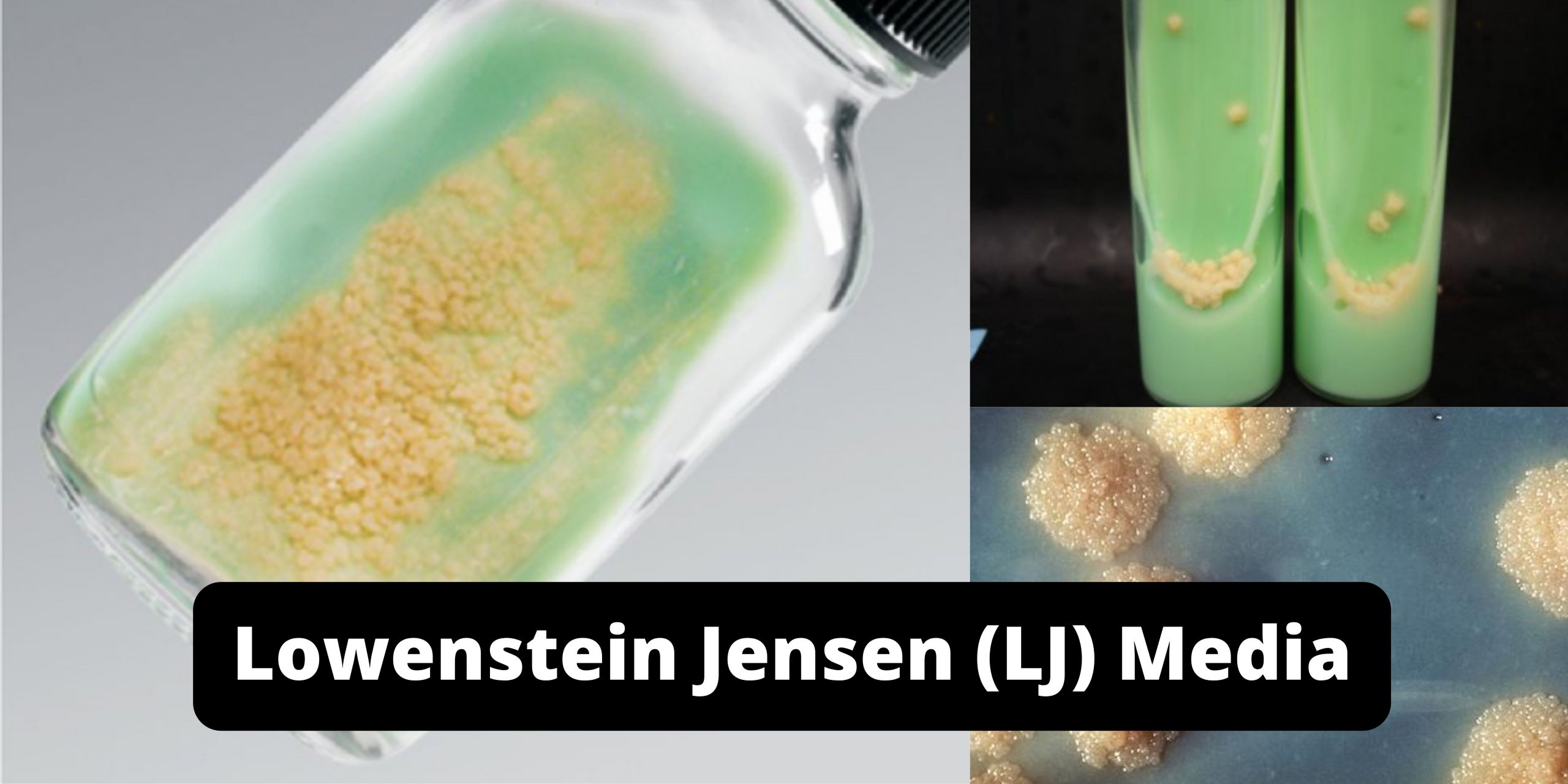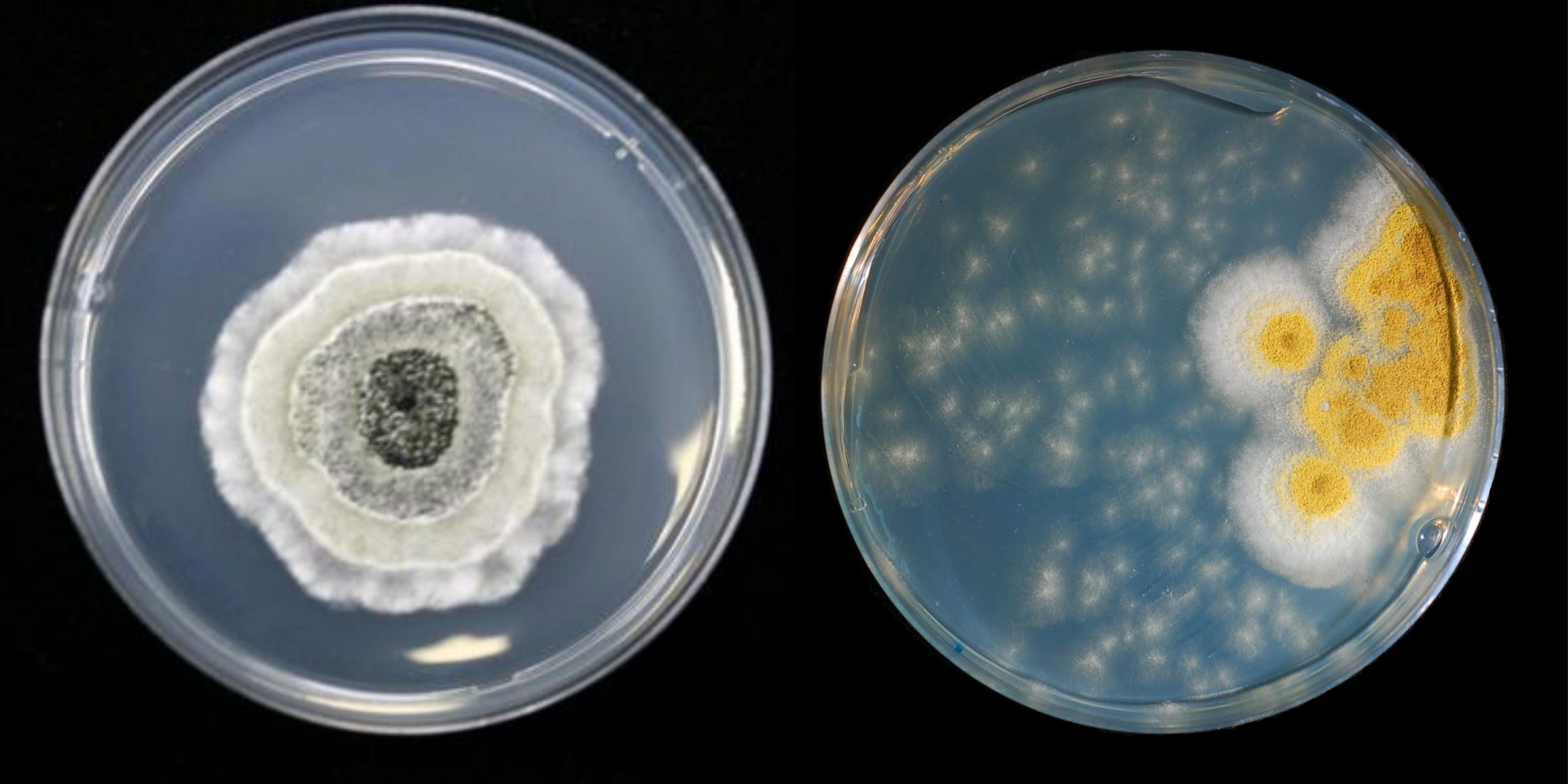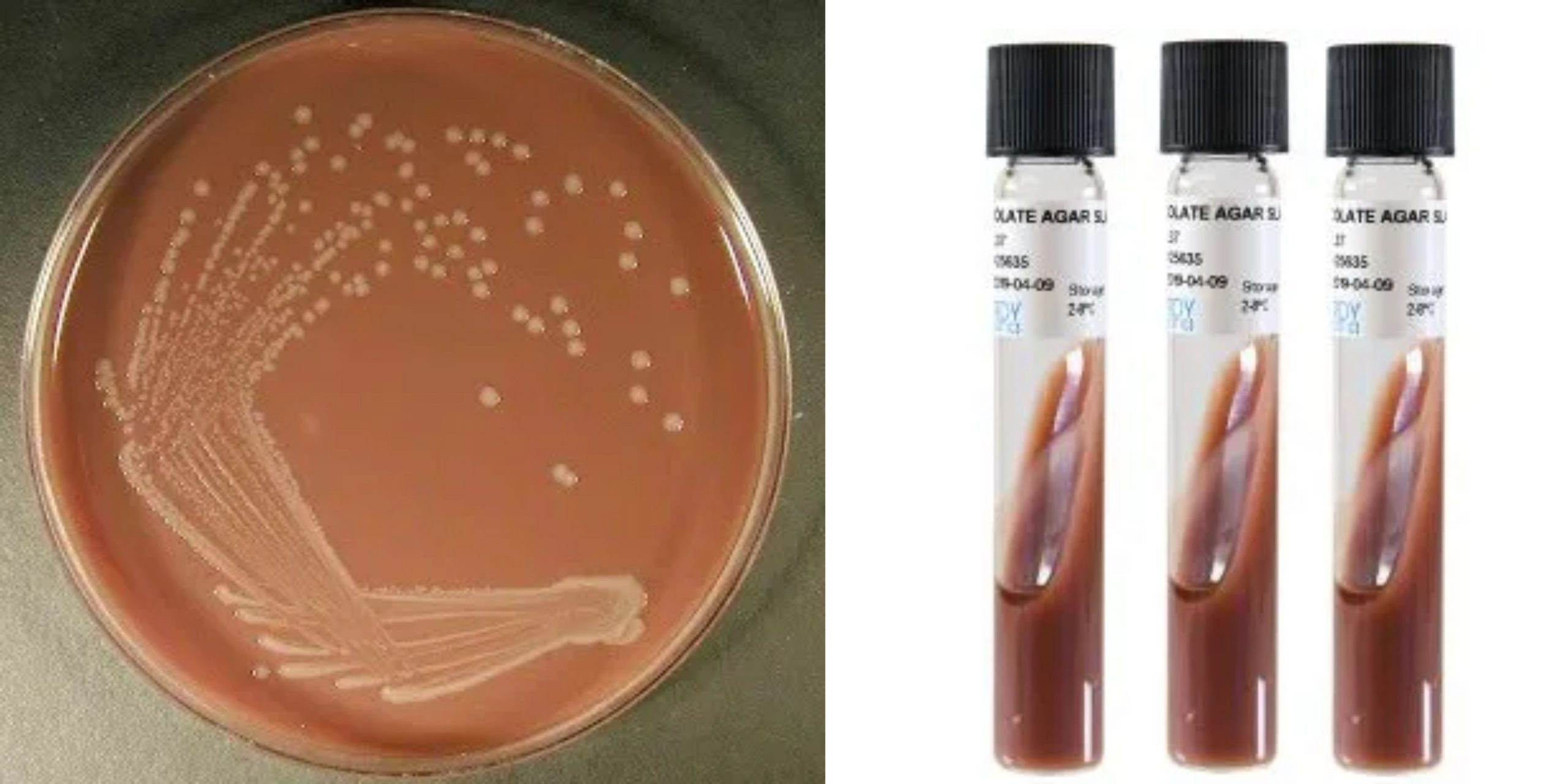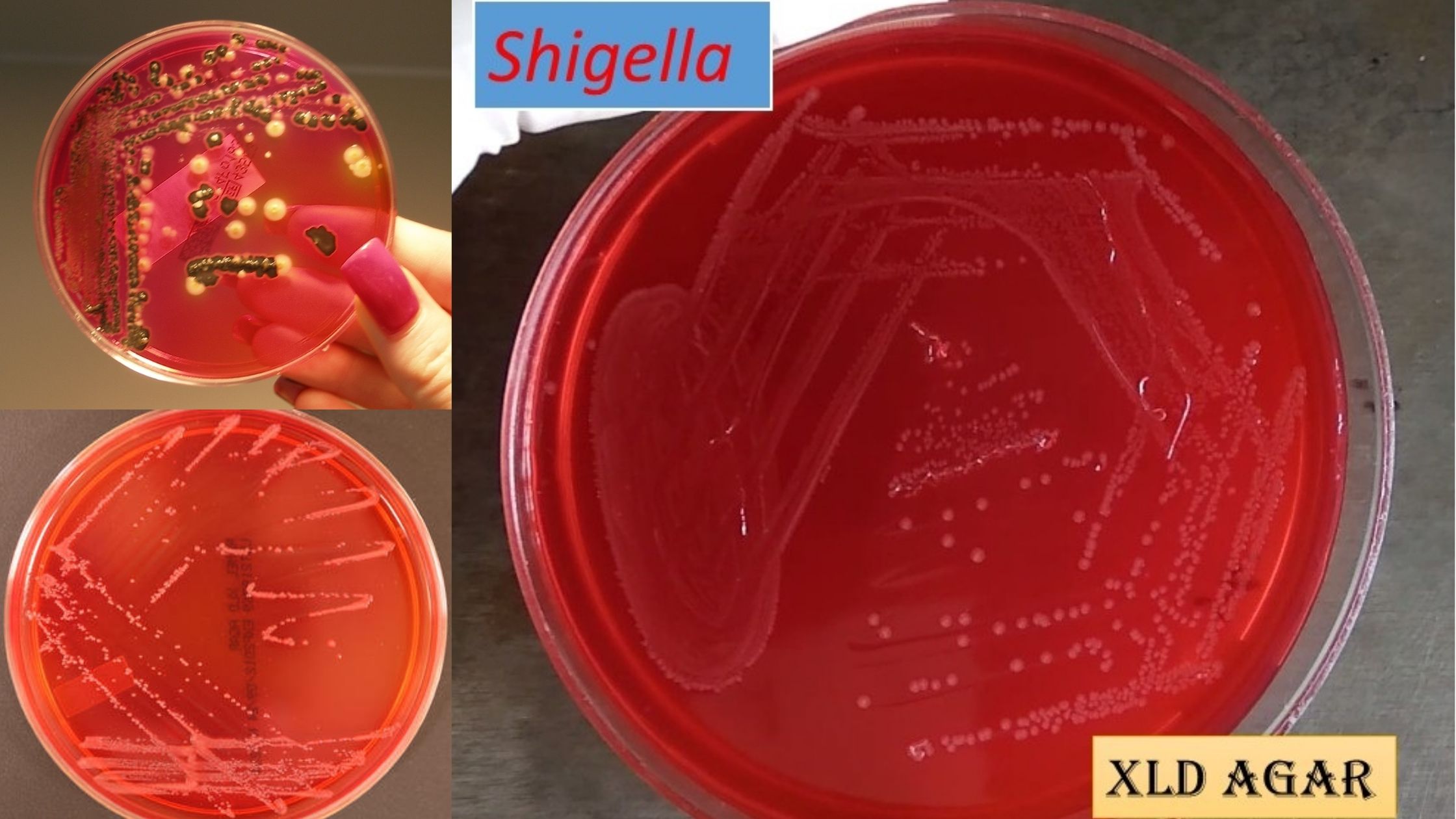Lactobacilli MRS Broth and Agar – Composition, Preparation, Principle
MRS Broth was developed by deMan, and co. in order to facilitate the most abundant growth of lactobacilli derived from feces, oral and other samples. Lactobacilli MRS Broth is a better media for lactobacilli. It allows for healthy growth and is especially suitable for several very discerning strains that grow poorly in other media.
